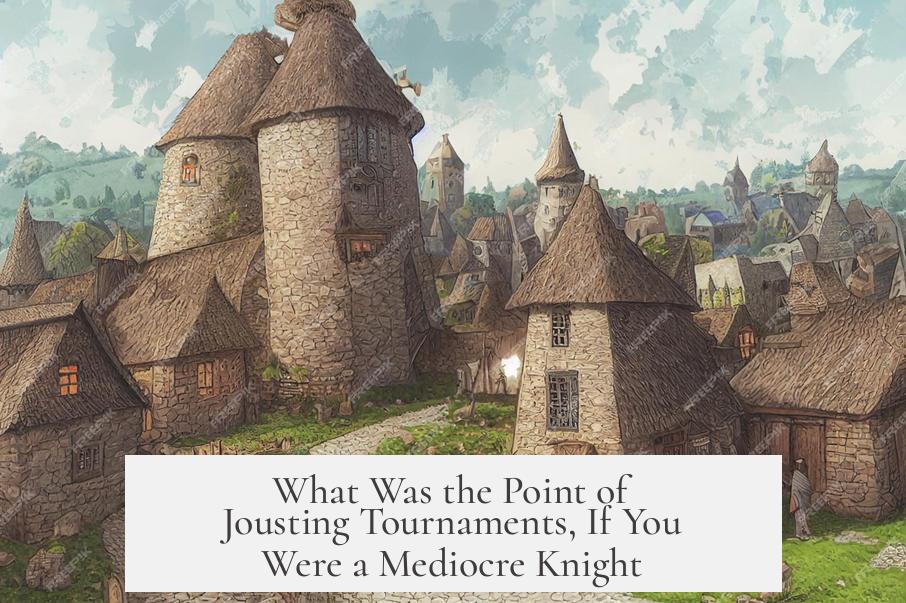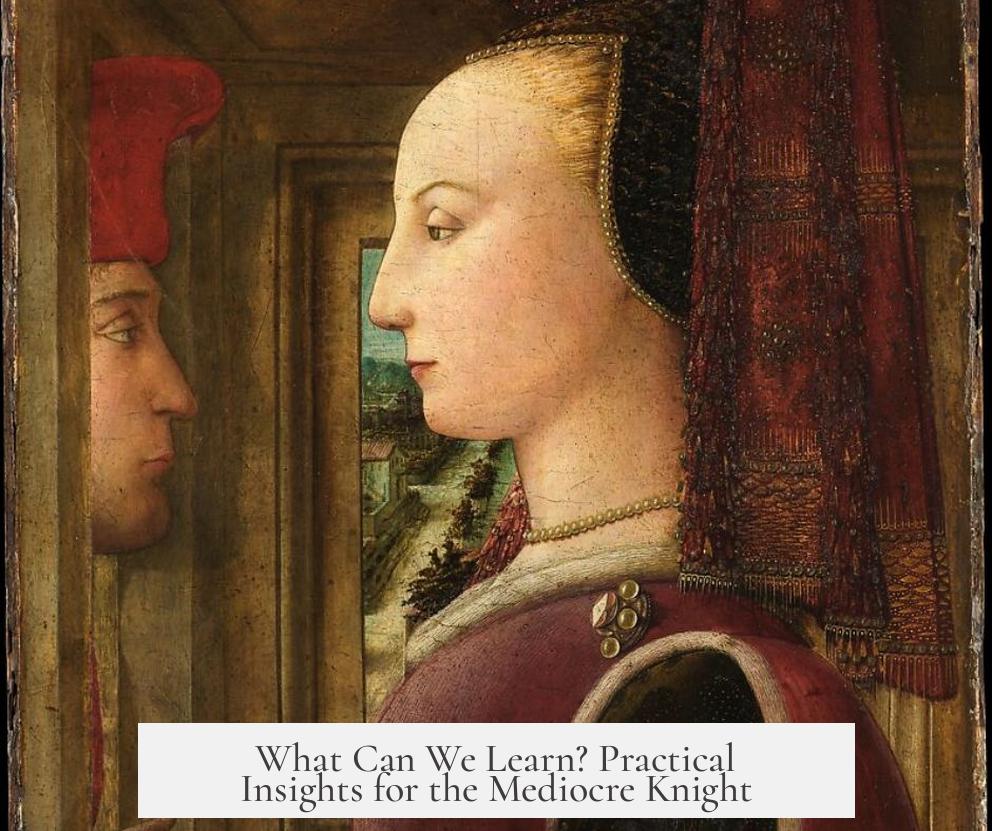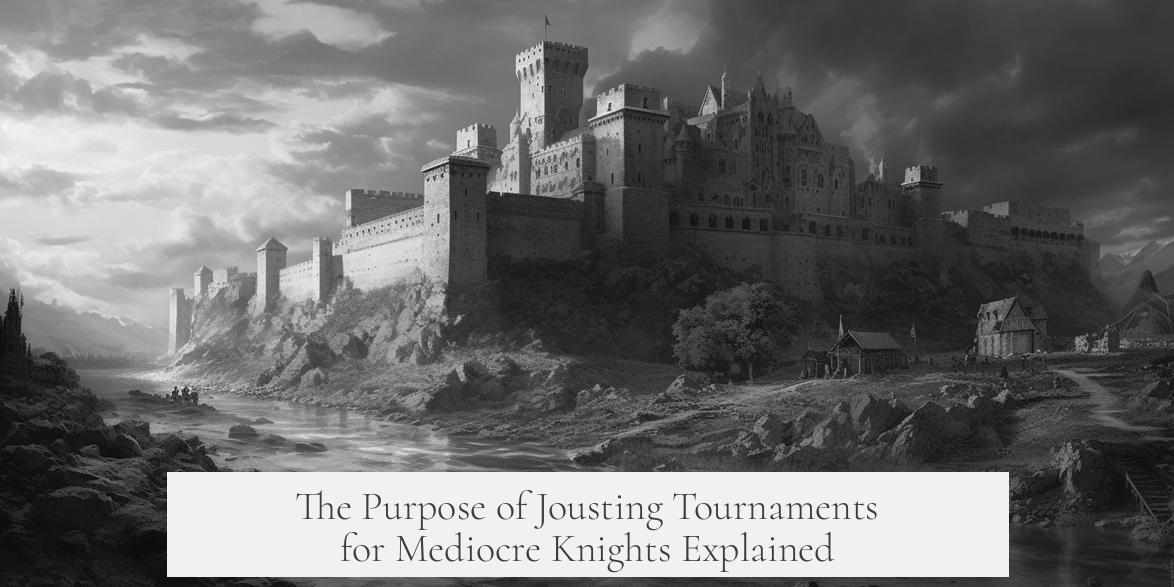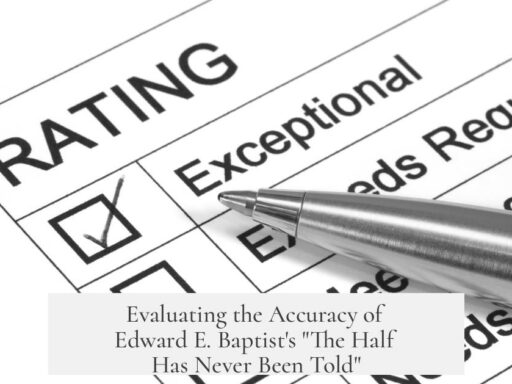Jousting tournaments gave mediocre knights a chance to demonstrate their individual skill and climb the social and martial ranks, which was difficult in large melee battles.
Melee tournaments involved chaotic fights among many knights. These battles focused on capturing opponents rather than highlighting personal combat skills. For lesser knights, standing out amid such confusion was nearly impossible.
Jousting evolved as a solution. It separated knights and tested them one-on-one with lances on horseback. This format highlighted individual prowess clearly and allowed knights to compete on equal footing.
For mediocre knights, preliminary jousts before the main event provided an important platform. They offered a visible showcase to prove skill, dedication, and courage. Success here could attract wealthy patrons seeking reliable, skilled fighters.
- Patronage from nobles or kings could raise a knight’s social status and financial backing.
- Better horses, armor, and equipment became accessible through sponsorships.
- Recognition in jousts could lead to invitations to more prestigious tournaments.
Thus, jousting was a pathway for humble or unknown knights to gain honor and wealth beyond their birth status or battlefield randomness.
By the 14th and 15th centuries, the exact rules and participants of jousting tournaments varied, but the early purpose remained clear. These contests fostered individual recognition and career advancement.
| Aspect | Role for Mediocre Knights |
|---|---|
| Melee Tournaments | Chaotic, favored strong or high-ranking knights, hard for individuals to stand out. |
| Preliminary Jousts | Allowed knights to showcase skill clearly to patrons and peers. |
| Patronage Opportunities | Winning or performing well could secure funding and social elevation. |
- Melee battles favored collective success; jousts spotlighted individuals.
- Jousting enabled social mobility for lower-ranked knights.
- Patrons rewarded combat skills and chivalric qualities displayed in jousts.
What Was the Point of Jousting Tournaments, If You Were a Mediocre Knight?

If you were a mediocre knight, the point of jousting tournaments was to stand out and climb the social and martial ladder — a rare chance to shine when the melee battles were too chaotic for anyone to notice your skills. But let’s dive deeper. Jousting wasn’t just fancy horseback fighting with lots of armor and crashing lances; it was a game-changer for knights who weren’t quite stellar warriors.
Imagine you’re a knight who’s useful but not a legend. In melee tournaments, you join a big brawl, and hundreds of knights swarm like angry bees. The goal? Capture enemies for ransom. Success isn’t about being the best swordsman — it’s about grabbing a prisoner. In this mass chaos, being mediocre means you get lost in the crowd. Everyone looks the same.
From Melees to Jousts: The Birth of Opportunity
Jousting actually evolved from these messy melee tournaments. Melees involved large groups engaging simultaneously, making it tough to spot individual valor or skill. Due to this confusion, lesser knights struggled to impress noble onlookers or snag better positions.
So, tournament organizers introduced preliminary jousts before the main melee meleeing started. These were one-on-one contests where knights galloped straight at each other with lances — a clear spotlight moment.
Here’s why that matters: this format gave mediocre knights an arena to showcase individual skill, not just team chaos. It was their chance to say, “Hey, I’m competent! Look at me!” Think of those preliminary jousts as talent shows for knights. Perform well, and you’re seen.
Jousting: The Knighthood Elevator
So what happened if you weren’t the best, but you DID play smart? Jousting offered you a practical way to attract wealthy patrons. Back then, knights needed sponsors to afford shiny armor, horses, and good equipment. If a noble noticed you could hold your own in the joust, they might back you.
This backing wasn’t trivial. Patronage could improve your social status, your access to resources, and your overall standing in a rigid feudal system. For many mediocre knights, this meant upgrading from being “just another scrapper” to “Sir Somebody.”
Unlike melee fights where you wrestled and shouted in a noisy field, the joust was a focused, crowd-pleasing event. It was easier to recognize and reward skill here. It became a gateway — a disconnect from pure survival and a step toward honor and wealth.
Later Jousting Tournaments: A Bit of a Mystery
By the 14th and 15th centuries, jousting tournaments evolved with new traditions and participant rules. Unfortunately, historians aren’t entirely sure who exactly could join or what motives governed these later jousts.
But from what we do know, the early jousts held a special place for mediocre knights aiming to improve their situation. Later jousts seemed more ceremonial and less about social climbing, often tied to pageantry or demonstrating chivalry and skill for entertainment.
What Can We Learn? Practical Insights for the Mediocre Knight

- Seize spotlight moments. Jousting gave knights the spotlight denied by melee battles’ confusion. If you’re average, look for ways to stand out clearly, even in competitive fields.
- Patronage matters. Winning a patron’s favor could be your ticket to better gear, horses, and status. It’s not just about fighting skill but networking.
- Game the system. Early jousts weren’t just about brute strength. Showcasing consistency and reliability counted. A mediocre knight could survive and thrive by understanding what spectators and patrons wanted to see.
Imagine a knight named Geoff—a solid horseman but nowhere near a legend. In huge melees, Geoff blends into the background. But in the joust, Geoff’s steady aim and calm under pressure earns nods from lords watching. Geoff earns a patron, upgrades his gear, and climbs the ranks over the years. That’s the joust advantage for the less-than-legendary.
Why Does This Still Matter?
We can still learn from the medieval joust’s lessons today. If you feel overshadowed in a busy world or industry, find your own ‘joust moment’—a narrow, clear opportunity to shine personally. Big projects (the melee) might hide you, but small stages let you prove yourself repeatedly.
In summary: Jousting tournaments were a lifeline for mediocre knights. They offered a clearer, more visible arena than chaotic melees, making social and martial advancement possible for those who lacked legendary status. Jousts rewarded skill and presence, not just brute force or battle luck.
Next time you see a jousting scene, remember: it’s not just about knocking someone off a horse. It’s about making your mark when the deck seems stacked against you.
References:
- Crouch, David. Tournament. London: Hambeldon and London, 2005.
- Keen, Maurice. Chivalry. New Haven and London: Yale University Press, 1984.




